In the delicate shimmer of traditional jhumkas with Sahara Jewelry and the lyrical embrace of Urdu poetry lies a story untold—one that belongs to every woman who finds herself lost in memory, in love, and in legacy. The visual you see above isn’t just an image—it’s a narrative of beauty, culture, and emotion.
A Symbol of Grace: The Jhumka and Sahara Jewelry
The jhumka in Sahara jewelry is not merely a piece of; it is a cultural heirloom. Worn by South Asian women for centuries, its distinctive bell-shape and intricate detailing have made it a timeless accessory. The sahara jewelry—chains that delicately link the jhumkas to the hair or upper ear—not only add elegance but also echo the regality of Mughal queens and brides from the subcontinent’s history.
Crafted often in silver or gold with kundan, pearls, or stone embellishments, these earrings are more than ornaments. They are declarations—of femininity, of heritage, of strength wrapped in softness.
Poetry Meets Ornament: A Visual Symphony – Sahara Jewelry
“وہ جو ہم میں تم میں قرار تھا تمہیں یاد ہو کہ نہ یاد ہو”
This timeless couplet, placed over the image, adds a soul-touching layer to the visual narrative. It speaks of past love, shared silence, and deep yearning—emotions often experienced but rarely articulated. When worn with traditional jhumkas, such verses form an aesthetic and emotional union, turning fashion into feeling.
The woman in the image, modestly covering her face, evokes the traditional yet empowered South Asian muse—strong, shy, poetic, and enduring. Her bangles, her subtle expressions, and her ethnic wear further layer the story in nostalgia and cultural pride.
Nigar Craft: A Canvas of Creativity
At the heart of this creation is Nigar Craft—a brand not just of jewelry but of storytelling. Each piece reflects the artisan’s love for tradition and detail. Whether it’s bridal wear or casual ethnic accents, Nigar Craft’s designs blend classic techniques with modern sentiments, much like poetry does with language.
Why It Matters Today
In a fast-paced, modern world, holding on to pieces of our culture is revolutionary. Wearing traditional jhumkas with sahara jewelry isn’t just a fashion choice—it’s a statement. It says: I remember where I come from. I honor my heritage. I find beauty in what once was—and still is.
From the vibrant weddings of Lahore to quiet chai evenings in Hyderabad (Sindh), from festive gatherings in Karachi to soulful poetry mehfils in Islamabad—jhumkas remain a cultural constant. And when paired with the eternal beauty of Urdu poetry, they create a story that touches the heart and delights the eye.
Closing Note:
Let your accessories tell your story. Let your Sahara jewelry speak in verses. Whether you’re reviving memories or making new ones, a jhumka paired with a verse will always have something beautiful to say
Frequently Asked Questions (FAQs) on Jhumkas, Sahara Jewelry, and Urdu Poetry
Q: What are Jhumkas? A: Jhumkas are traditional South Asian earrings known for their distinctive bell-shape and intricate detailing. They have been worn by women in the region for centuries and are considered a timeless accessory and cultural heirloom.
Q: What is Sahara Jewelry? A: Sahara jewelry refers to the elegant chains that delicately link jhumkas to the hair or upper ear. They enhance the beauty of the jhumkas and echo the regality of historical figures like Mughal queens and brides.
Q: What is the cultural significance of Jhumkas with Sahara Jewelry? A: Beyond being ornaments, Jhumkas with Sahara jewelry are considered declarations of femininity, heritage, and strength wrapped in softness. They embody a narrative of beauty, culture, and emotion, telling a story for every woman connected to memory, love, and legacy.
Q: What materials are typically used to craft these pieces? A: Jhumkas and Sahara jewelry are often crafted in silver or gold, and commonly embellished with kundan, pearls, or various stones.
Q: How does Urdu poetry connect with Jhumkas and Sahara Jewelry? A: Urdu poetry adds a soul-touching layer to the visual narrative of jhumkas and Sahara jewelry. When combined, a specific verse with the traditional jewelry creates an aesthetic and emotional union, transforming fashion into feeling by evoking deep emotions like past love and yearning.
Q: Which specific Urdu couplet is highlighted in the narrative? A: The timeless couplet highlighted is “وہ جو ہم میں تم میں قرار تھا تمہیں یاد ہو کہ نہ یاد ہو” (Wo jo hum mein tum mein qarar tha, tumhein yaad ho ke na yaad ho), which speaks of past love, shared silence, and deep yearning.
Q: What does the woman in the image represent? A: The woman in the image, modestly covering her face, evokes the traditional yet empowered South Asian muse—strong, shy, poetic, and enduring. Her overall appearance, including her bangles and ethnic wear, layers the story in nostalgia and cultural pride.
Q: What is Nigar Craft? A: Nigar Craft is a brand that focuses on storytelling through its jewelry creations. It reflects the artisan’s love for tradition and detail, blending classic techniques with modern sentiments in designs that range from bridal wear to casual ethnic accents.
Q: Why is wearing traditional Jhumkas with Sahara Jewelry important in the modern world? A: In today’s fast-paced environment, wearing traditional jhumkas with Sahara jewelry is seen as a revolutionary statement. It signifies an individual’s connection to their roots, honoring their heritage, and finding beauty in cultural traditions that persist and thrive.
Q: Where do Jhumkas maintain their cultural significance today? A: Jhumkas remain a cultural constant across various settings in the subcontinent, from vibrant weddings in Lahore to quiet chai evenings in Hyderabad (Sindh), and from festive gatherings in Karachi to soulful poetry mehfils in Islamabad.
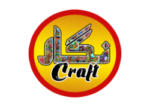
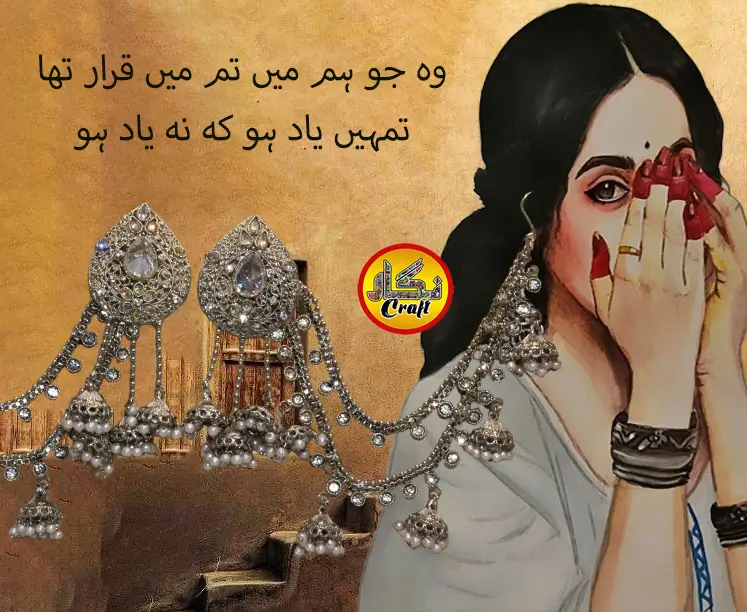
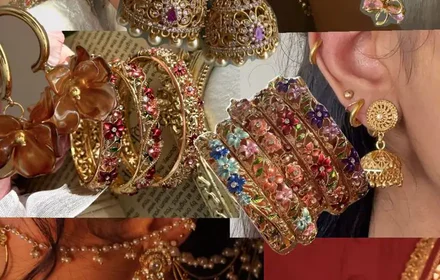

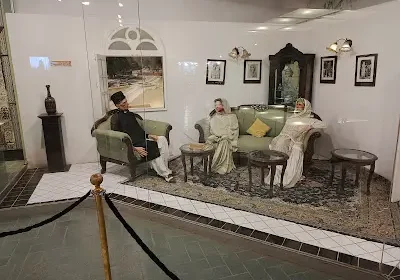
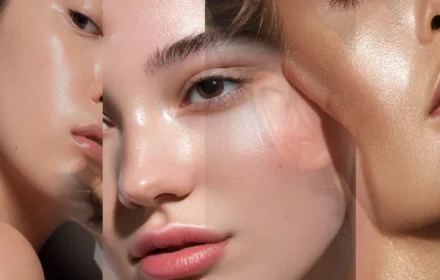

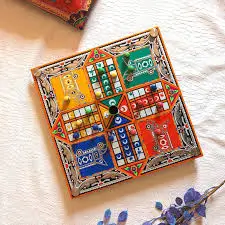

Comments are closed.